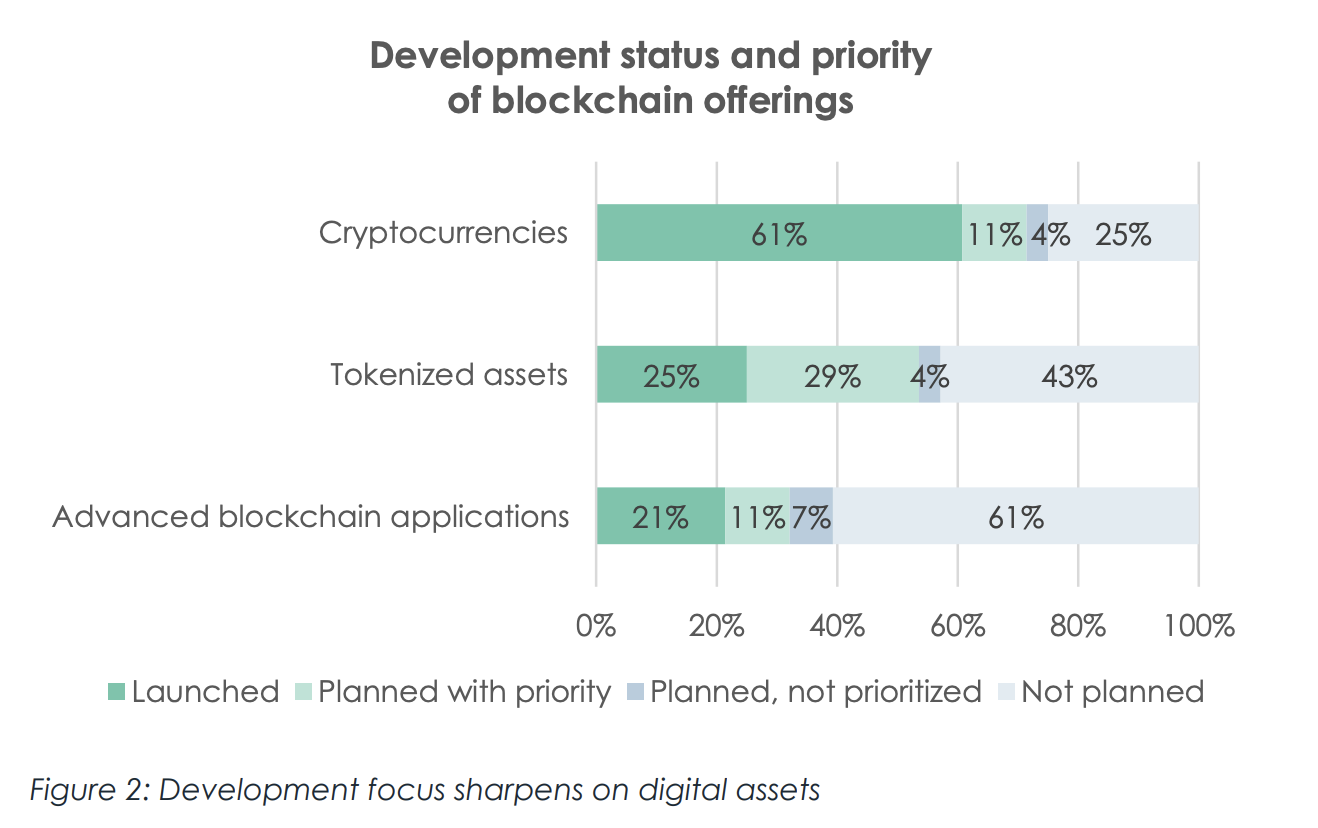The American 21st century bankruptcy show continues with cities, counties, and local special purpose districts (SPD’s) (local entities) for fire protection, hospitals, libraries, water districts, etc. One common bankruptcy theme was that when a project began and a bond-covenant issued, revenue from the project did not meet predictions, bond payments were not timely, the local entity could not renegotiate the bond payments with the lender(s), and so federal bankruptcy was their best option. Unlike the federal government, these local entities cannot print their own money and they are subject to economic boom and bust cycles.
A July 2020 Pew Trust report of city, county, and local SPD bankruptcy declarations from 2001 to 2020 found 95 SPD’s filed for bankruptcy, with 21 from the state of Nebraska. Where is the sage of Omaha (Warren Buffett) when you need him? Another Pew Trust article from February 2018 provided a bar graph of the city and SPD’s that filed bankruptcy, by number and per year. 123 local governments filed bankruptcy between 2001-2017, with 92 being SPD’s. 32 of 92 SPD’s filings were hospital/health care SPD’s. Is it possible that federal government intervention in medicine over the last fifty years accelerated these bankruptcies?
A review of the downloaded 2020 municipal bankruptcy data spreadsheet found 39 cities, towns, and villages declared bankruptcy. Four were from Alabama, five from California, four from Illinois, three from Missouri, three from Oklahoma, and five from Texas. Some bankruptcy filings occurred during and after the 2008-2009 Great Recession, even with access to easy money from the Federal Reserve (“Fed”). Many bankruptcies were small towns in population and yet economic principles—like managing revenue, expenses, personnel, payroll, property maintenance, etc.—apply to them.
The 2020 US Census revealed 76% of the roughly 19,500 incorporated cities and towns have less than 5,000 people. These small communities are probably rural, without a substantive industrial base to provide a property tax and other revenue to fund local government. This is where many of the declared bankruptcies occurred.
One definition of “bankruptcy” as a noun from dictionary.com is, “utter ruin, failure, depletion, or the like.” Each declared bankruptcy showed the failure of community leaders to budget and govern smartly. These city, county, and SPD government entities are subject to Chapter 9 of the federal bankruptcy code.
According to the United States Courts website:
“The purpose of chapter 9 is to provide a financially-distressed municipality protection from its creditors while it develops and negotiates a plan for adjusting its debts. Reorganization of the debts of a municipality is typically accomplished either by extending debt maturities, reducing the amount of principal or interest, or refinancing the debt by obtaining a new loan.
Although similar to other chapters in some respects, chapter 9 is significantly different in that there is no provision in the law for liquidation of the assets of the municipality and distribution of the proceeds to creditors.”
Each local entity filing bankruptcy under Chapter 9, must meet four eligibility requirements:
- Specific authorization from the state,
- Insolvency,
- A desire to create a plan for debt adjustment, and
- An inability to negotiate with creditors outside of the bankruptcy process.
Bankruptcy eligibility is not easy. Twenty-seven states authorize at least some local entities to declare bankruptcy. Some states added additional conditions or limits on declaring bankruptcy, including approval from a state agency or official before filing or declaring a financial emergency.
Each bankruptcy resulted in bondholders’ financial losses not repaid in full, as well as reforms enacted in each local entity which emerged from bankruptcy, humbled and hopefully better able to manage their finances. The bankruptcy impact on each local entity’s property tax base is not certain. The 21st century American bankruptcy roadshow is on tour, impacting a local entity near you, with the assistance of easy money from the Fed.
Full story here Are you the author? Previous post See more for Next postTags: Featured,newsletter























